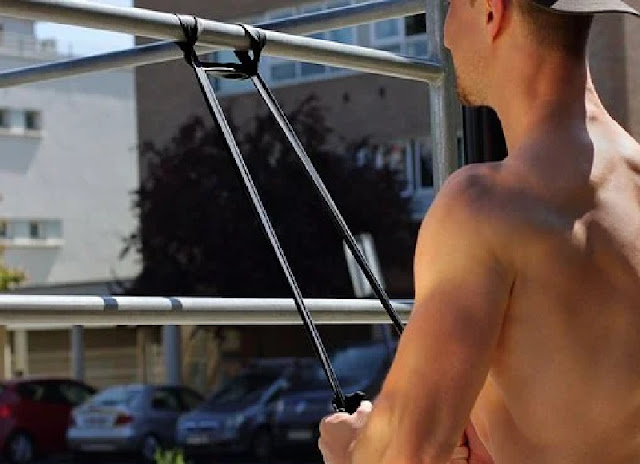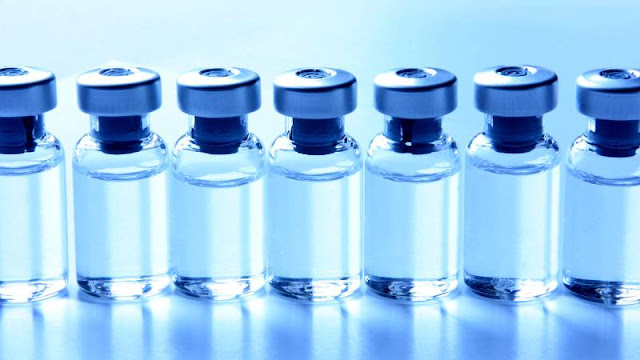which muscles does weight training work?
Weight training is a versatile form of exercise that can target various muscle groups in the body, depending on the specific exercises and techniques you use. Here are some of the major muscle groups that weight training can work:

Chest Muscles (Pectorals): Exercises like bench press,
dumbbell flyes, and chest press target the pectoral muscles.
Back Muscles: Various exercises, such as deadlifts,
bent-over rows, and lat pulldowns, work the muscles of the upper, middle, and
lower back.
Shoulder Muscles (Deltoids): Shoulder presses, lateral
raises, and front raises are examples of exercises that target the deltoid
muscles.
Arm Muscles:
Biceps: Exercises like bicep curls and hammer curls work the
biceps.
Triceps: Tricep dips, tricep extensions, and skull crushers
are exercises that target the triceps.
Leg Muscles:
Quadriceps (Front Thigh Muscles): Squats, leg presses, and
lunges primarily target the quadriceps.
Hamstrings (Back Thigh Muscles): Deadlifts, leg curls, and
Romanian deadlifts are effective for the hamstrings.
Calves: Standing calf raises and seated calf raises can work
the calf muscles.
Abdominal Muscles: Various core exercises, such as crunches,
planks, and leg raises, can strengthen the abdominal muscles.
Gluteal Muscles (Glutes): Exercises like squats and lunges
can work the gluteal muscles.
Lower Back: Deadlifts and hyperextensions can strengthen the
lower back.
Forearms: Exercises like wrist curls and reverse wrist curls
can target the muscles of the forearms.
Trapezius (Traps): Shrugs and upright rows can work the
trapezius muscles in the upper back and neck region.
Neck Muscles: Neck exercises, such as neck flexion and neck
extension, can target the muscles in the neck region.
Obliques: Side bends and Russian twists are examples of
exercises that work the oblique muscles on the sides of the torso.
Weight training allows you to isolate and focus on specific
muscle groups, and it also offers compound exercises that engage multiple
muscle groups simultaneously. It's important to create a well-rounded workout
routine that targets different muscle groups to achieve overall strength and
balanced muscle development. Additionally, proper form and technique are
crucial to prevent injury and maximize the effectiveness of your weight
training workouts.
Chest Muscles (Pectorals):
The chest muscles, also known as the pectoral muscles or
"pecs," are a prominent muscle group located in the chest area. There
are two primary muscles within the pectoral group:
Pectoralis Major: This is the larger of the two chest
muscles and consists of two heads:
Clavicular Head: The upper part of the pectoralis major,
which attaches to the clavicle (collarbone).
Sternal Head: The lower part of the pectoralis major, which
attaches to the sternum (breastbone).
The pectoralis major is responsible for various movements of
the shoulder joint, including horizontal adduction (bringing the arms across
the chest) and internal rotation (rotating the arms inward).
Pectoralis Minor: This smaller muscle lies underneath the
pectoralis major. It helps stabilize the shoulder blade (scapula) and assists
in movements involving the shoulder girdle.
The chest muscles play a significant role in various upper
body exercises, such as bench presses, push-ups, and chest flies. These
exercises can help strengthen and develop the pectoral muscles, contributing to
a well-defined and powerful chest. In weight training and bodybuilding, a
strong and sculpted chest is a common goal for many individuals, making the
pectoral muscles a popular target for exercise and development.
Back Muscles
The back muscles, also known as the dorsal muscles, are a
group of muscles located in the posterior (back) region of the body. These
muscles are crucial for various movements, posture, and overall upper body
strength. There are several major muscles and muscle groups in the back:
Latissimus Dorsi (Lats): The latissimus dorsi muscles are
the large, fan-shaped muscles that extend from the mid-back down to the lower
back. They are responsible for several movements, including shoulder adduction
(pulling the arms toward the body), shoulder extension (moving the arms
backward), and shoulder internal rotation.
Rhomboids: The rhomboid muscles are located between the
shoulder blades (scapulae). They help retract the scapulae, pulling them closer
together.
Trapezius (Traps): The trapezius muscles are broad,
diamond-shaped muscles that cover the upper and mid-back. They are involved in
various movements, including shoulder elevation (shrugging), shoulder
adduction, and scapular stability.
Erector Spinae: The erector spinae muscles run along the
length of the spine and are responsible for back extension and maintaining an
upright posture. This muscle group includes the iliocostalis, longissimus, and
spinalis muscles.
Teres Major and Minor: These smaller muscles are located on
the upper back and are involved in various shoulder movements.
Infraspinatus and Supraspinatus: These rotator cuff muscles
are located on the shoulder blades and play a role in shoulder stability and
external/internal rotation.
Levator Scapulae: This muscle helps lift the scapulae and is
involved in neck and shoulder movements.
Lower Back (Lumbar): The lower back muscles are located in
the lumbar region and play a crucial role in maintaining an upright posture,
bending at the waist, and supporting the spine.
Effective exercises for targeting and strengthening the back muscles include:
Deadlifts
Bent-over rows
Pull-ups and chin-ups
Lat pulldowns
T-bar rows
Face pulls
Hyperextensions (back extensions)
Shrugs
Strengthening the back muscles is important for posture,
spinal health, and overall upper body strength. A well-balanced workout routine
should include exercises that target both the pulling (e.g., rows, pull-ups)
and stabilizing (e.g., deadlifts) functions of the back muscles. Proper form
and technique are essential to prevent injury and maximize the effectiveness of
these exercises.


